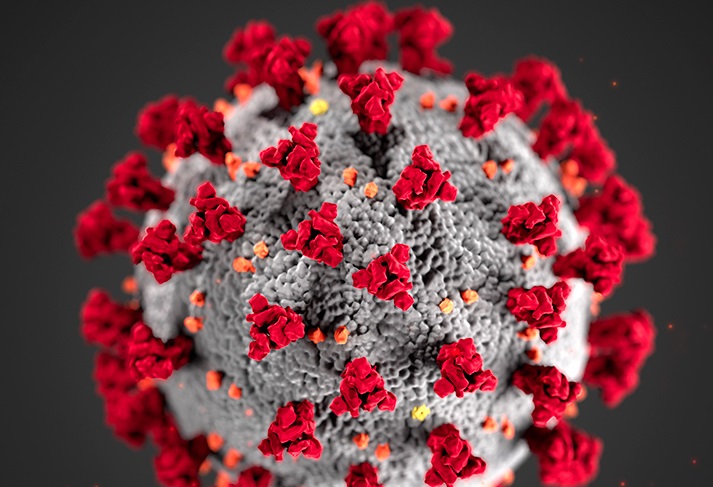For months, North Carolina health officials have predicted a rise in COVID-19 numbers as winter weather sets in. And as a cold front sweeps across Western North Carolina, the state’s COVID-19 metrics are steadily creeping upward.
On Oct. 29, North Carolina set a new record for the most COVID-19 cases reported in a single day at 2,885. The following two days recorded 2,809 and 2805 new infections, respectively, both higher totals than were reported for any day prior to Oct. 29. The seven-day rolling average of cases is now over 2,200, up from about 1,800 at the start of October.
That rolling case average may be a more reliable indicator of the pandemic’s severity than daily case counts, which have followed a similar weekly pattern for the last several months. Numbers are typically lower on Sunday, Monday and Tuesday, reflecting lower testing over the weekend. By Wednesday, the daily case total begins to increase before reaching a new peak by the start of the weekend.

The start of November has continued this trend. On Nov. 2, the N.C. Department of Health and Human Services reported just 1,336 new cases. However, the testing positivity rate remains above 6%, higher than the state’s 5% goal. And according to per-capita case data analyzed by the Brown University School of Public Health, North Carolina continues to experience “accelerated spread” of the virus.
Locally, the following new cases were reported to NCDHHS the week of Oct. 26- Nov. 1:
- Buncombe: 316, up from 222 reported the previous week
- Madison: 95, up from 59 reported the previous week
- Haywood: 49, up from 11 reported the previous week
- Transylvania: 28, up from 16 reported the previous week
- Henderson: 98, down from 136 reported the previous week
- McDowell: 81, down from 91 reported the previous week
Clusters and outbreaks
Health officials in Haywood County have identified a COVID-19 cluster connected to the Waynesville Finance Department, according to an Oct. 29 statement from the county’s health and human services agency. So far, five employees and two close contacts have tested positive for the coronavirus; all of the employees were quarantined immediately, said Waynesville town manager Robert Hites in the statement.
Madison County now has the second highest per-capita COVID-19 rate in the state with 69 cases per 10,000 residents, followed only by Alexander County at 73. The increase was driven partly by outbreaks at the Madison Health and Rehabilitation long-term care facility and a Mars Hill manufacturing plant.
Per NCDHHS guidelines, clusters are defined as five or more cases with illness onset or positive test results with a two-week period and plausible linkage between the cases. Outbreaks at a long-term care facility are defined as two or more cases.
In other news
- A new partnership between NCDHHS and the Cherokee Indian Hospital Authority will help members of the Eastern Band of Cherokee Indians receive Medicaid benefits. The program, which will manage the health care for 4,000 Tribal Medicaid beneficiaries in Western North Carolina, is the first of its kind in the country.
As of Nov. 1, handicapped parking spaces at Asheville Regional Airport are now located in the hourly, daily and garage paid parking areas. Instead of one flat rate, the handicapped parking fees will correspond to the lots where the spaces are located.




Does NC use the PCR test that the inventor says should “never be used to diagnose infectious disease”, because it cannot tell if what it detected is alive or dead? 45% of those infected have no symptoms, who transmit at 0-2.2%. 80% have only mild symptoms. 97.3% world wide survive, compared to 99.9 for seasonal flu. Deaths have been declining since August, only the elderly and those with other existing health problems are most susceptible to dying from it. Numerous studies have shown cloth masks have no effect on reducing infection from viral aerosol transmission, despite the opinion of politicians relying on the “science” promoted by those who will profit by a “vaccine”, while suppressing effective treatments, not patented.